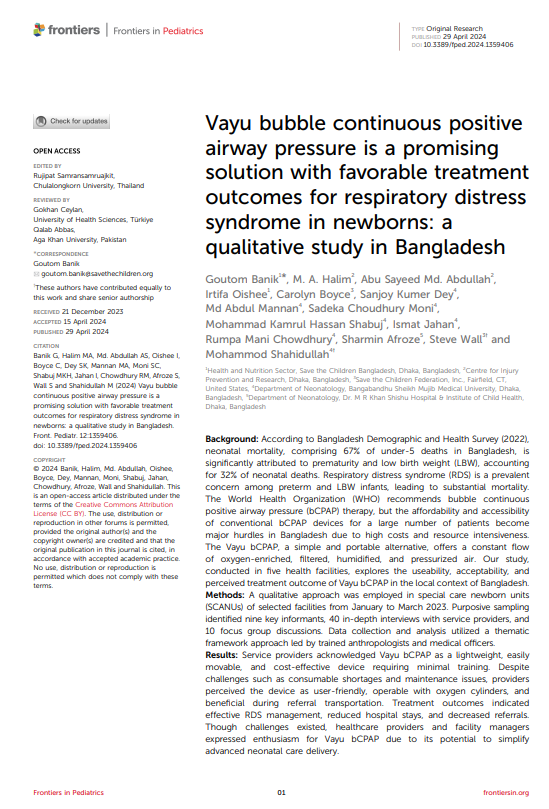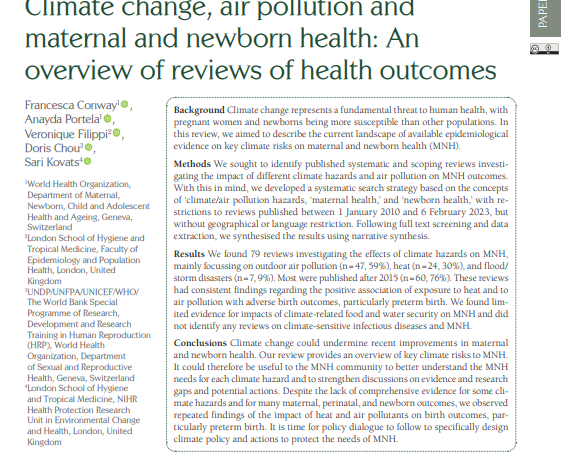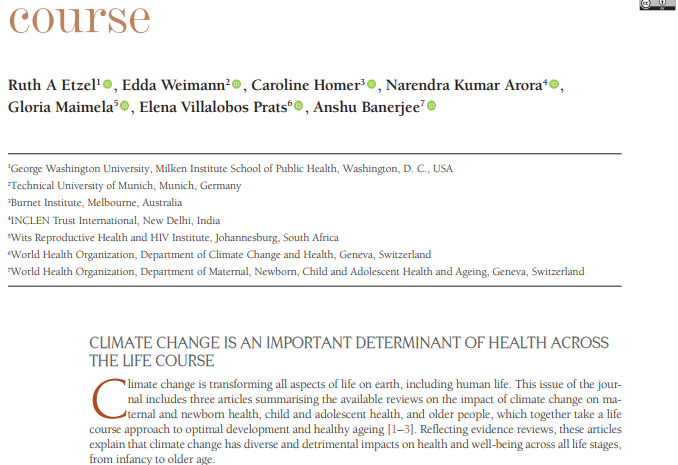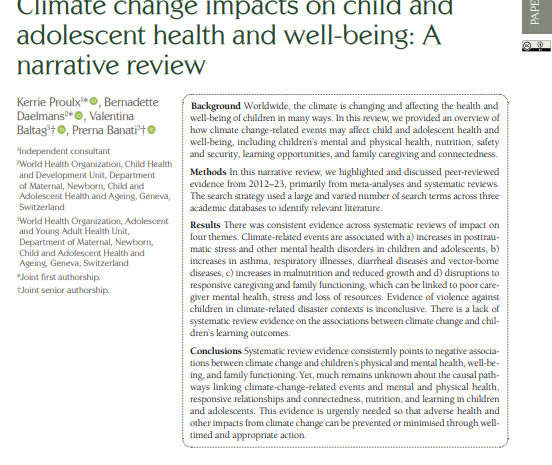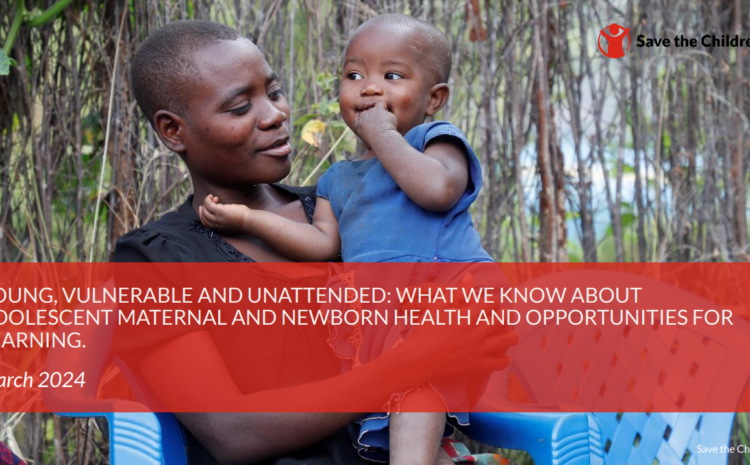Background:
According to Bangladesh Demographic and Health Survey (2022), neonatal mortality, comprising 67% of under-5 deaths in Bangladesh, is significantly attributed to prematurity and low birth weight (LBW), accounting for 32% of neonatal deaths. Respiratory distress syndrome (RDS) is a prevalent concern among preterm and LBW infants, leading to substantial mortality. The World Health Organization (WHO) recommends bubble continuous positive airway pressure (bCPAP) therapy, but the affordability and accessibility of conventional bCPAP devices for a large number of patients become major hurdles in Bangladesh due to high costs and resource intensiveness. The Vayu bCPAP, a simple and portable alternative, offers a constant flow of oxygen-enriched, filtered, humidified, and pressurized air. Our study, conducted in five health facilities, explores the useability, acceptability, and perceived treatment outcome of Vayu bCPAP in the local context of Bangladesh.
Methods:
A qualitative approach was employed in special care newborn units (SCANUs) of selected facilities from January to March 2023. Purposive sampling identified nine key informants, 40 in-depth interviews with service providers, and 10 focus group discussions. Data collection and analysis utilized a thematic framework approach led by trained anthropologists and medical officers.
Results:
Service providers acknowledged Vayu bCPAP as a lightweight, easily movable, and cost-effective device requiring minimal training. Despite challenges such as consumable shortages and maintenance issues, providers perceived the device as user-friendly, operable with oxygen cylinders, and beneficial during referral transportation. Treatment outcomes indicated effective RDS management, reduced hospital stays, and decreased referrals. Though challenges existed, healthcare providers and facility managers expressed enthusiasm for Vayu bCPAP due to its potential to simplify advanced neonatal care delivery.
Conclusions:
The Vayu bCPAP device demonstrated useability, acceptability, and favorable treatment outcomes in the care of neonates with RDS. However, sustained quality service necessitates continuous monitoring, mentoring and retention of knowledge and skills. Despite challenges, the enthusiasm among healthcare providers underscores the potential of Vayu bCPAP to save lives and simplify neonatal care delivery. Development of Standard Operating procedure on Vayu bCPAP is required for systematic implementation. Further research is needed to determine how the utilization of Vayu bCPAP devices enhances accessibility to efficient bCPAP therapy for neonates experiencing RDS.
